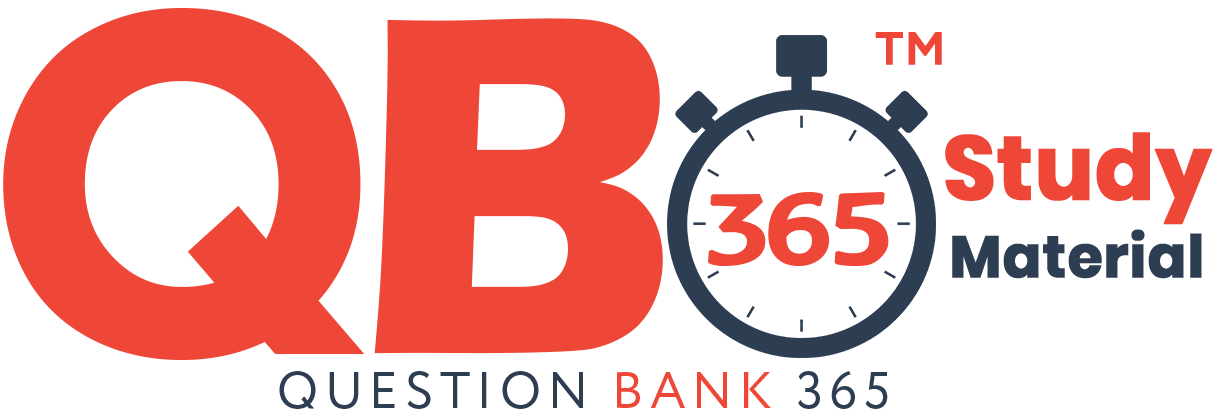CBSE 10th Standard Maths Subject Pair of Linear Equation in Two Variables Ncert Exemplar 3 Marks Questions With Solution 2021
By QB365 on 26 May, 2021
QB365 Provides the updated NCERT Examplar Questions for Class 10 Maths, and also provide the detail solution for each and every ncert examplar questions , QB365 will give all kind of study materials will help to get more marks
QB365 - Question Bank Software
CBSE 10th Standard Maths Subject Pair of Linear Equation in Two Variables Ncert Exemplar 3 Marks Questions With Solution 2021
10th Standard CBSE
-
Reg.No. :
Maths
-
Draw the graph of the pair of linear equation x-y+2=0 and 4x-y-4. Calculate the area of the triangle formed by the lines so drawn and the X-axis.
(a) -
Solve the following pair of linear equations.
\(\frac { x }{ 7 } +\frac { y }{ 3 } =a+b;\frac { x }{ { a }^{ 2 } } +\frac { y }{ { b }^{ 2 } } =2,\quad a,b\neq 0\)(a) -
Show that the following system of equations has a unique solution. 3x+5y=12, 5x+3y=4 Also, find the solution of the given system of equations.
(a) -
Two chairs and three tables cost Rs.5650 whereas three chairs and two tables cost Rs.7100. Find the cost of a chair and a table separately.
(a) -
The angles of a cyclic quadrilateral ABCD are \(\angle A={ (6x+10) }^{ 0 },\angle B={ (5x) }^{ 0 },\angle C={ (x+y) }^{ 0 }\) and \(\angle D={ (3y-10) }^{ 0 }\) Find x and y and then the values of the four angles.
(a)
3 Marks
*****************************************
CBSE 10th Standard Maths Subject Pair of Linear Equation in Two Variables Ncert Exemplar 3 Marks Questions With Solution 2021 Answer Keys
-
6 sq units
-
x=a2, y=b2
-
The given system of equations is:3x + 5y = 12 5x + 3y = 4
These equations are of the forms: a1x+b1y+c1 = 0 and a2x+b2y+c2 = 0
where a1 = 3 b1= 5 c1 = -12 and a2 = 5 b2 = 3 c2 = -4
For a unique solution we must have:
Hence the given system of equations has a unique solution.
Again the given equations are:
3x + 5y = 12 …..i
5x + 3y = 4 …..ii
On multiplying i by 3 and ii by 5 we get:
9x + 15y = 36 …….iii
25x + 15y = 20 ……iv
On subtracting iii from iv we get:
16x = -16 ⇒x = -1
On substituting x = -1 in i we get:
3-1 + 5y = 12
⇒5y = 12 + 3 = 15
⇒y = 3
Hence x = -1 and y = 3 is the required solution. -
Complete step-by-step answer:
Let the cost of one chair be x and the cost of one table be y.
Now from the first statement, Two chairs and three tables costs Rs.5650
The equation so formed is,
2x+3y=5650 …eq1
From second statement, three chairs and two tables cost Rs.7100
The equation so formed is, 3x+2y=7100 …eq2
Now to solve these equations we will use elimination method,
eq1+eq2,
2x+3y+3x+2y=5650+7100
On adding the same terms,
5x+5y=12750
Dividing both sides by 5,
x+y=2550 ….eq3
Now to eliminate any one variable we need it in opposite sign, eq2-eq1,
3x+2y−(2x+3y)=7100−5650
on solving we get,
3x+2y−2x−3y=1450
subtracting the same terms,
x−y=1450….eq4
now to solve the equations eq3+-eq4,
x+y+x−y=2550+1450
Now adding same terms,
2x=40002x=4000
Dividing both sides by 2,
x=2000
This is the cost of one chair.
Now using eq3 we get,
y=x−1450
Putting the value of x,
y=2000−1450
On subtracting we get,
y=550y=550
This is the cost of one table.
Thus the cost of one chair is Rs.2000 and that of one table is Rs.550.
Note: Note that substitution method can also be used to solve the equations. But here the elimination method is easier to solve the equations. But it is important to notice the equations that are formed do not get wrong in any sign. Because that is the only mistake generally students make. -
x=20, y=30; \(\angle A=100^{ 0 },\angle B={ 100 }^{ 0 },\angle C={ 50 }^{ 0 },\angle D=80^{ 0 }\)
3 Marks

























